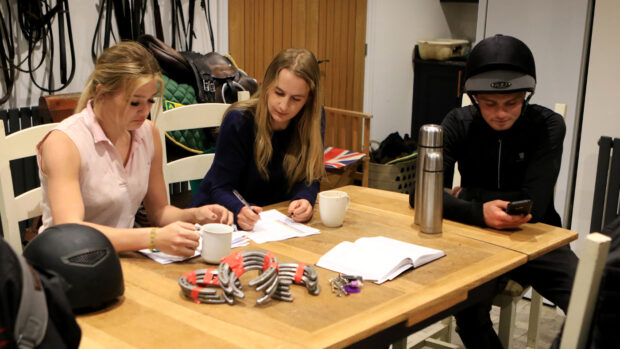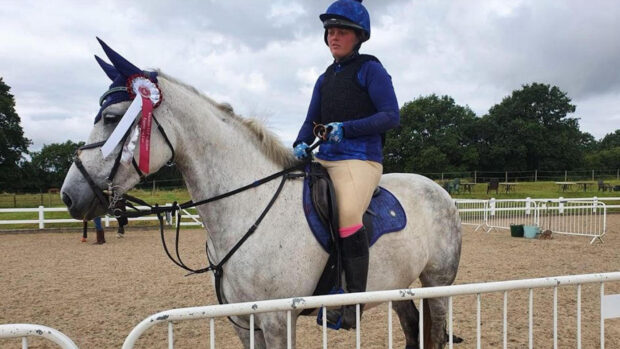This is my final blog for Horse & Hound marking ‘InnerVision’ equine gastric ulcer awareness month. It’s been a very busy period and it’s lovely to finish it in the sunshine for once.
The week before last was a hectic one, with lots of horses to gastroscope around the north of England. I enjoyed a very successful gastroscopy clinic in the Lake District mid week. There was a good opportunity to meet clients the night before at a client evening, where I spoke about gastric ulceration and Professor Bruce McGorum from the University of Edinburgh gave a really interesting talk about equine grass sickness and the latest developments in both diagnosis and treatment options for this devastating disease.
Sadly this is currently the height of the season for seeing cases of grass sickness. It’s a disease that all horse vets hate diagnosing as there is very little that we can do for the acute cases. Some chronic cases can recover with prolonged and intensive nursing over many months, and the University of Edinburgh has particular experience and success in this area. A vaccine is currently being trialled, but it’s likely to be several years before it will become widely available.
The day after the client evening, 11 horses of a variety of ages, breeds and sizes were gastroscoped, ranging from a Welsh lead-rein pony as the smallest to a magnificent show horse, who was easily 18hh! A variety of gastric changes were found too. Some horses had very healthy stomachs and several had more severe ulcers, with low grade findings in the remainder. The clinical signs ranged from recurrent colic or poor weight gain to resenting the girth and leg and grooming of the abdomen.
As well as recommending treatment for some, we discussed the preventative measures and importance of provision of plenty of fibre in the diet. It was a long day, but very enjoyable, especially as the sun shone and homemade cakes were provided at lunchtime.
At the end of the week I had the opportunity to re-scope a mare I saw a month ago with both non-glandular and glandular (pyloric) ulcers. This mare had shown particularly difficult behaviour and was very temperamental to ride. Even sedating her was not easy and she had a reputation of being very needle-shy. However, since receiving treatment she has improved considerably when ridden and has finally been out competing. The ulcers have also shown a significant improvement and, even more interestingly, she was an angel to inject and handle. It seems that the more horses I examine for gastric ulcers, the wider the variety of signs that they can present with — I’ve never linked being needle-shy with ulcers before!
Last week I caught up with several horses that I’d seen previously for gastric ulcers and weight loss. They are all looking much improved. I think the long winter, cold spring and lack of grass has had a significant effect not only on farming stock but on our horses — many have taken a long time to shed their winter coats and put condition on. At the other end of the scale, the recent rain and grass growth will also make this a danger period for horses and ponies prone to laminitis.
I’m keeping my fingers crossed this lovely weather stays for Bramham Horse Trials this week. It’s my local event and the highlight of my year in my role as stables vet. The stables are up now at and the photos look fantastic — I can’t wait to get there on Tuesday and start checking the horses in for what promises to be a really great 40th anniversary event. It’s always special to be part of the Bramham team and catch up with familiar faces each year — both officials and competitors. Bring it on!
Rachael




